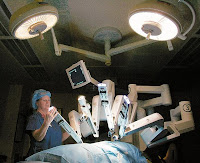


I don't usually object to other people's business, but when that business gums up my vision and chokes my breath, I must speak up. The owners of the proposed Rosemont mine promise that their business will be different, that it will not have such ill effects, but the evidence of history speaks otherwise. Let's see the mining companies fix the mess they've already made before we even consider letting them make another one.
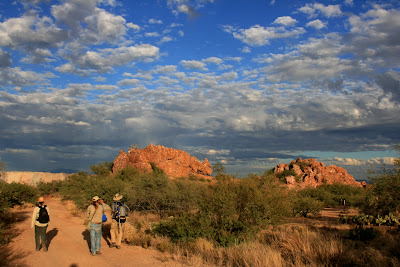 This expedition, led by Patrick Dockens of EcoPlan Associates, traveled beyond the mine tailings of Green Valley and skirted the variegated edge of the beautiful Sonoran Desert to map the homeland of the rare & Endangered Pima Pineapple Cactus (PPAC). The PPAC is named for its shape, not its taste, and is primarily threatened by the voracious appetite of development & accompanying habitat destruction.
This expedition, led by Patrick Dockens of EcoPlan Associates, traveled beyond the mine tailings of Green Valley and skirted the variegated edge of the beautiful Sonoran Desert to map the homeland of the rare & Endangered Pima Pineapple Cactus (PPAC). The PPAC is named for its shape, not its taste, and is primarily threatened by the voracious appetite of development & accompanying habitat destruction.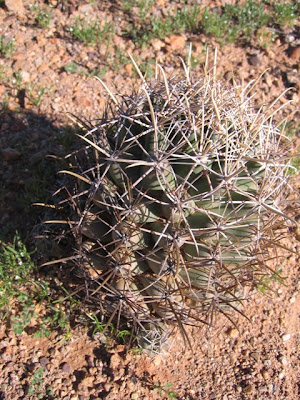 This quite large mother is shown carrying a single "pup" (at bottom of photo), a vegetatively propagating bud. The really cool thing about these surveys is that they provide an excuse to thrash around in the prickly heart of the Sonoran desert. Unless science mandates straight-line transects for statistical rigor, few would dare to brave the physical rigors of the desert for days and weeks on end. This labor bore the fruit of knowledge: we located several isolated populations of the Pineapple, and since we had also observed many places without populations of the cactus we began to form an idea of the microclimate and plant associations that the Pima Pineapple Cactus favors. Although it is only a hunch or an intuition, I believe that the members of this field crew are probably now better able to find this cactus than are any other people on Earth.
This quite large mother is shown carrying a single "pup" (at bottom of photo), a vegetatively propagating bud. The really cool thing about these surveys is that they provide an excuse to thrash around in the prickly heart of the Sonoran desert. Unless science mandates straight-line transects for statistical rigor, few would dare to brave the physical rigors of the desert for days and weeks on end. This labor bore the fruit of knowledge: we located several isolated populations of the Pineapple, and since we had also observed many places without populations of the cactus we began to form an idea of the microclimate and plant associations that the Pima Pineapple Cactus favors. Although it is only a hunch or an intuition, I believe that the members of this field crew are probably now better able to find this cactus than are any other people on Earth. 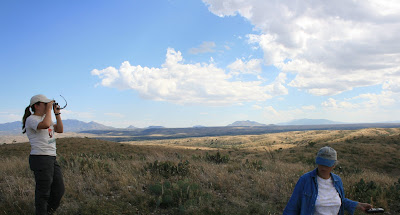
 Source: Vplants.org
Source: Vplants.org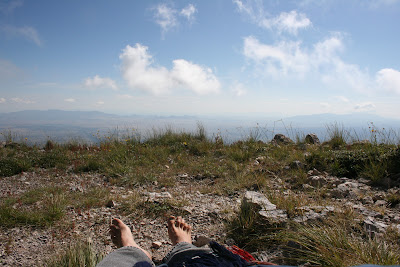
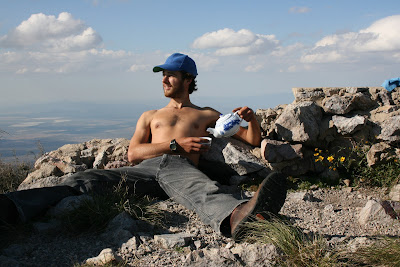


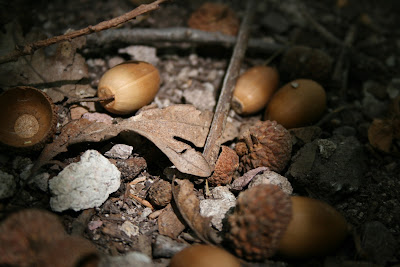
Dear Senator,
The 1872 Mining Law needs to be changed. It consistently favors the interests of large, often foreign companies over the interests of local
My family and I are directly affected by dust blowing off the numerous open-pit mines in Pima county, and what really irks me is the thought that my tax dollars are funding this irresponsible exploitation of our God-given natural heritage.
This land is held in trust by our government so that everyone can use it, but when these companies come in with their mines they just use it up. Although we often hear that these mines are creating jobs in our local communities, the reality is that these corporations will leave us high and dry when the minerals run out.
We need an updated mining law that considers the valid interests of local landowners as well as the interests of economic development. I plan to watch your action on this issue as a kind of litmus test for who you really support; is it the local landowners trying to make a living in

 [diagram from Kravitz lab "boxing flies" work]
[diagram from Kravitz lab "boxing flies" work]
